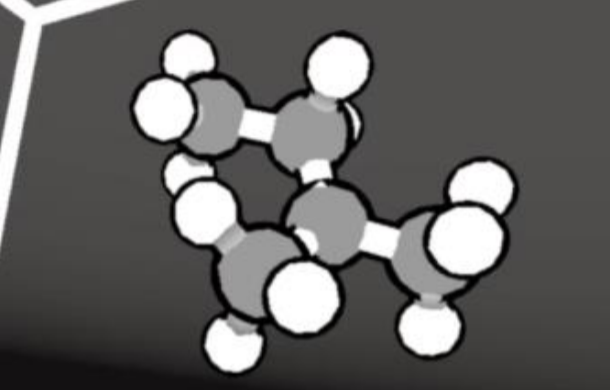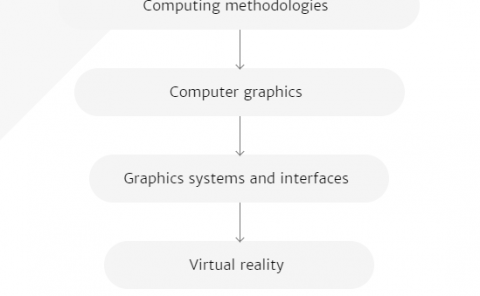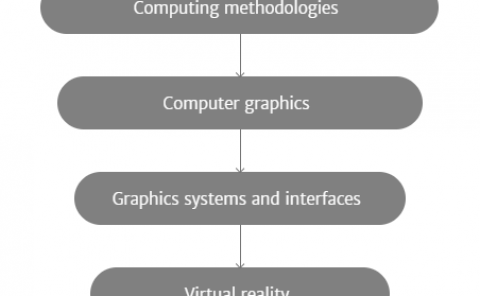Training atomic neural networks using fragment-based data generated in virtual reality
PubDate: May 2020
Teams: University of Bristol
Writers: Silvia Amabilino, Lars A. Bratholm, Simon J. Bennie, Michael B. O’Connor, David R. Glowacki
PDF: Training atomic neural networks using fragment-based data generated in virtual reality

Abstract
The ability to understand and engineer molecular structures relies on having accurate descriptions of the energy as a function of atomic coordinates. Here we outline a new paradigm for deriving energy functions of hyperdimensional molecular systems, which involves generating data for low-dimensional systems in virtual reality (VR) to then efficiently train atomic neural networks (ANNs). This generates high quality data for specific areas of interest within the hyperdimensional space that characterizes a molecule’s potential energy surface (PES). We demonstrate the utility of this approach by gathering data within VR to train ANNs on chemical reactions involving fewer than 8 heavy atoms. This strategy enables us to predict the energies of much higher-dimensional systems, e.g. containing nearly 100 atoms. Training on datasets containing only 15K geometries, this approach generates mean absolute errors around 2 kcal/mol. This represents one of the first times that an ANN-PES for a large reactive radical has been generated using such a small dataset. Our results suggest VR enables the intelligent curation of high-quality data, which accelerates the learning process.


